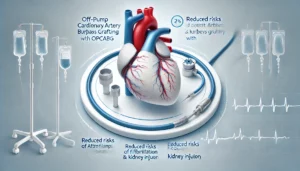
Malignancy-Induced Functional Tricuspid Obstruction Complicated by Cardiopulmonary Collapse Treated Using Combination VA-ECMO and AngioVac
This clinical case report details the rescue of a critically ill patient with malignancy-induced tricuspid obstruction and cardiopulmonary collapse. A large intracardiac mass was removed using vacuum-assisted aspiration thrombectomy (AngioVac), combined with venoarterial extracorporeal membrane oxygenation (VA-ECMO). This approach enabled hemodynamic stabilization and definitive diagnosis of diffuse large B-cell lymphoma, followed by successful oncologic treatment.










